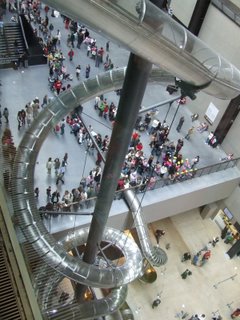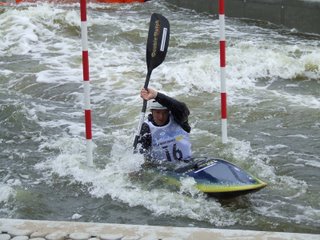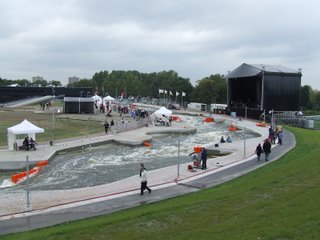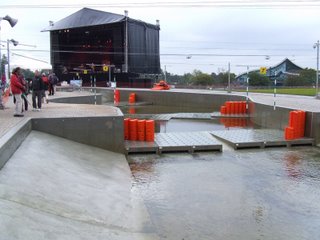 Visiting London isn’t complete without doing the famous shops and stores in Oxford Street and Regent Street. Harrods and Hamleys are not quite my cup of tea, but Jelle and Lieke have another taste. I prefer Waterstones. I even bought something for myself:
Visiting London isn’t complete without doing the famous shops and stores in Oxford Street and Regent Street. Harrods and Hamleys are not quite my cup of tea, but Jelle and Lieke have another taste. I prefer Waterstones. I even bought something for myself:The New BCU Coaching handbook, a manual of coaching techniques, advice and guidelines for the canoe and kayak coach. According to Pesda Press:
This book is a mine of useful information and practical tips. If you aspire to be a better canoe or kayak coach, this is the book for you.
Part one deals with coaching theory and fundamentals such as psychology and physiology explained in terms that make sense to a practical water-based coach.
Part two looks at generic coaching skills that will provide useful tools whatever the discipline the coach is involved in. It works its way from introducing people to canoesport right to coaching elite athletes.
Part three looks at specific aspects of canoesport such as slalom, racing, sea kayaking, surf white water kayaking, open canoeing and freestyle.
I fully agree: this really is a mine of useful information! Renown kayakers like Franco Ferero, Bill Taylor, Trys Morris and many more have contributed to this fantastic project and made an incredible amount of knowledge accessible. Wow! I admire the BCU Coaching Service to be so open in sharing the BCU coaching knowledge and experiences. We should introduce this to Dutch seakayak-coach education!
PS: you dont have to go to London to get a copy: Pesda Press delivers worldwide, postage and packaging free!










